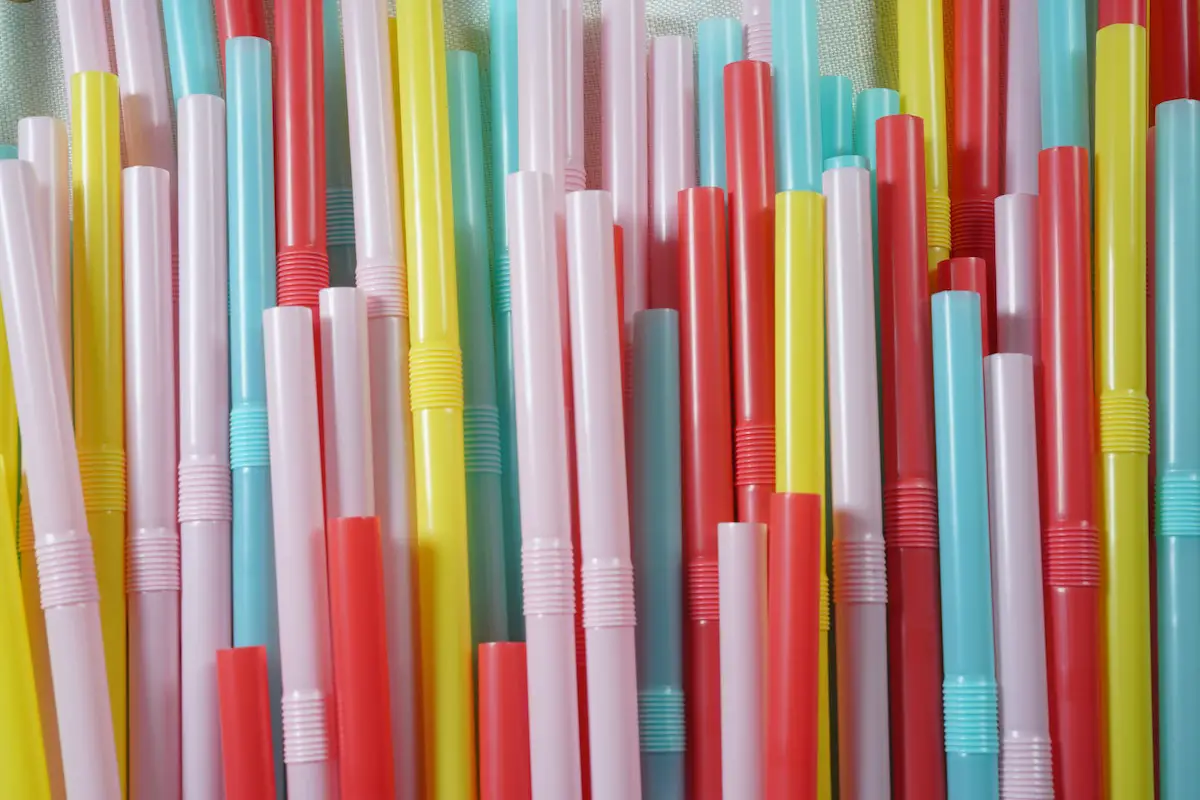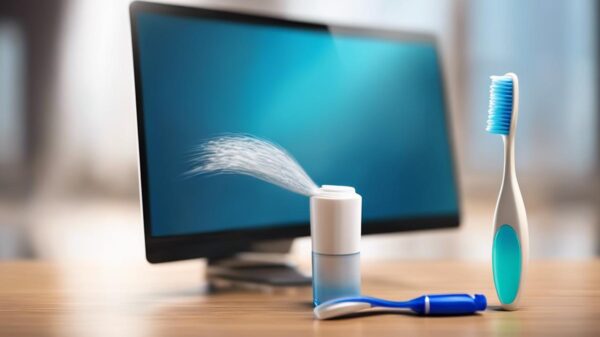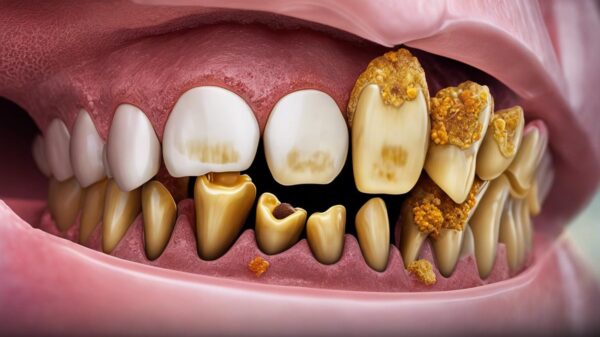How to Care For a Dry Socket
A dry socket can be quite painful, so it is important to know what to do to avoid it.
Can you drink out of a straw with a dry socket? It is not recommended to drink with a straw with a dry socket as it can cause more pain. If you have a dry socket, it is important to keep the area clean. You should brush your teeth carefully and avoid using mouthwash.
In this blog post, we will discuss what a dry socket is, what causes it, and how you can prevent it from occurring. We will also answer the question if you can drink out of a straw with a dry socket.
What Is a Dry Socket?
 A dry socket is a condition that can occur after a tooth is extracted. The socket is the hole left in the bone where the tooth was removed.
A dry socket is a condition that can occur after a tooth is extracted. The socket is the hole left in the bone where the tooth was removed.
Normally, a blood clot forms in this hole and starts the healing process. With a dry socket, the blood clot does not form or it dissolves too early.
What Does a Dry Socket Look Like?
A dry socket will look like an empty hole where the tooth was extracted. The area may also be red and swollen. You may also see some bone exposure in the socket.
What Causes Dry Socket?
There are a few things that can contribute to the development of a dry socket.
Dislodged Blood Clot
The most common cause is when the blood clot is dislodged or dissolves too early. This can happen if you smoke cigarettes, use a straw, or drink from a water bottle immediately after having a tooth extracted.
Infection or Trauma
A dry socket can also be caused by an infection, trauma to the area, or if the extraction was difficult.
How Soon Does Dry Socket Develop After Extraction?
A dry socket usually develops three to four days after the extraction. Dry socket is more common with lower wisdom teeth extractions.
How Is Dry Socket Diagnosed?
Your dentist will ask about your symptoms and examine the extraction site. They may also take x-rays to confirm the diagnosis.
Are Dry Sockets Only Caused By Wisdom Tooth Removal?
While dry sockets are more common with wisdom tooth removal, they can occur after any type of tooth extraction.
Is Wisdom Tooth Removal Necessary?
The decision to remove your wisdom teeth is a personal one. Some people never experience any problems with their wisdom teeth and they can be left in place. Other people may need to have them removed because they are causing pain or crowding other teeth.
If you do decide to have your wisdom teeth removed, it is important to follow the aftercare instructions carefully to avoid developing a dry socket.
Alternatives to Wisdom Tooth Removal
If you are not sure if you want to have your wisdom teeth removed, there are a few alternatives. You can wait and see if they cause any problems or you can have them removed by a specialist.
Some people choose to have their wisdom teeth removed because they are concerned about the development of cavities or gum disease. If this is something that concerns you, talk to your dentist about other options for preventing these problems.
What Are the Symptoms of Dry Socket?
The most common symptom is severe pain that starts a few days after the extraction. This pain is usually worse two to four days after the tooth has been extracted. The pain may radiate from the socket to your ear, eye, temple, or neck.
The pain is usually worse when you brush your teeth, use a straw, or drink from a water bottle. Other symptoms can include bad breath, an unpleasant taste in your mouth, and visible bone in the socket
How Is A Dry Socket Treated?
A dry socket is treated by cleaning the socket and placing a medicated dressing in it. The dressing will need to be changed every few days.
Should You Use A Straw With Dry Socket?
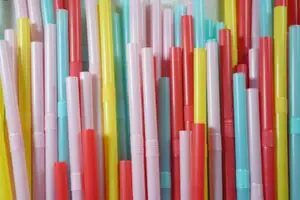 As we mentioned earlier, it is not recommended to use a straw with a dry socket as it can cause more pain.
As we mentioned earlier, it is not recommended to use a straw with a dry socket as it can cause more pain.
If you have a dry socket, it is important to keep the area clean. You should brush your teeth carefully and avoid using mouthwash.
When Can I Use A Straw Again?
You should be able to use a straw again about a week after the extraction. Be sure to talk to your dentist first to ensure that both the extraction sites and the dry socket are fully healed.
How To Prevent Dry Socket
There are a few things you can do to prevent dry sockets.
Avoid Smoking
Avoid smoking cigarettes immediately after having a tooth extracted.
Use A Soft Toothbrush
Be gentle when brushing your teeth. Use a soft-bristled toothbrush and avoid using mouthwash.
Don’t Use A Straw
Don’t use a straw for at least 24 hours after the extraction. Additionally, it is wise to drink from a cup rather than a bottle for the first few days.
Eat Soft Foods
Stick to soft foods for at least 24 hours after the extraction. After that, you can slowly start to add solid foods back into your diet. Avoid chewy or hard foods as they can dislodge the blood clot.
Rinse Gently
Be sure to rinse your mouth gently with warm salt water starting the day after the extraction. Do this several times a day for at least a week.
Use Ice Packs
Use ice packs to reduce swelling. Apply them to your cheek for 15 minutes at a time.
Follow Your Dentist’s Instructions
Be sure to follow your dentist’s instructions on how to care for the extraction site.
See Your Dentist If The Pain Persists
If you are still experiencing pain after following these tips, it is important to see your dentist as you may have a dry socket.
Dry sockets are no fun, but luckily there are things you can do to prevent them!
Dry Socket Care Procedures
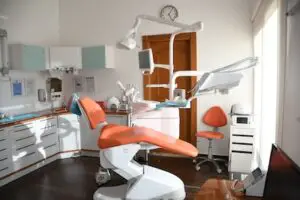 If you do develop a dry socket, there are a few things your dentist can do to help.
If you do develop a dry socket, there are a few things your dentist can do to help.
They will clean the area and remove any debris that may be irritating. They may also prescribe medication to help with the pain.
In some cases, a dressing may be placed in the socket to promote healing.
How Long Do Dry Sockets Take to Heal?
Most dry sockets will heal within a week. However, some may take up to two weeks to fully heal.
Is a Dry Socket Ever a Medical Emergency?
While dry sockets are painful, they are not a medical emergency. However, if you develop a fever or the pain is severe, it is important to see your dentist right away as this could be a sign of infection. They will likely have you visit the dental office for an evaluation.
Other Risks of Wisdom Tooth Removal
While dry sockets are the most common complication of wisdom tooth removal, there are a few other risks to be aware of.
These include:
- Infection
- Damage to surrounding teeth
- Nerve damage
- Jawbone fracture
To minimize your risk of complications, it is important to see an experienced dentist or oral surgeon for your procedure. They will be able to properly numb the area and remove the tooth with minimal risks.
What Are the Odds of Getting Dry Socket After Dental Procedure?
The odds of developing a dry socket are about two to five percent. While dry socket is a very unpleasant condition, it can be easily treated with medication and proper care practices. It is not a reason to delay or avoid necessary dental procedures
Final Thoughts
While dry socket is a painful condition, it is not a reason to avoid necessary dental procedures. Be sure to see your dentist or oral surgeon for proper care and instructions on how to prevent and treat dry sockets.
If you do develop a dry socket, be sure to follow your dentist’s instructions on how to care for the area. Most will heal within a week but some may take up to two weeks. If you develop a fever or the pain is severe, it is important to see your dentist right away as this could be a sign of infection.
Related Questions
Can I drink out of a water bottle with a dry socket?
You should avoid using a straw and drinking from a water bottle for at least 24 hours after the extraction. It is best to drink from a cup during this time.
Can I smoke with a dry socket?
No, you should not smoke if you have a dry socket. Smoking can delay healing and increase your risk of infection.
What can I eat if I have a dry socket?
Stick to soft foods for at least 24 hours after the extraction. After that, you can slowly start to add solid foods back into your diet. Avoid chewy or hard foods as they can dislodge the blood clot. If you are still experiencing pain, it is best to stick to soft foods.
When can I brush my teeth after a dry socket?
You should avoid brushing your teeth for at least 24 hours after the extraction. After that, you can start brushing your teeth again but be sure to avoid the extraction site. Use a soft-bristled toothbrush and gentle strokes.



